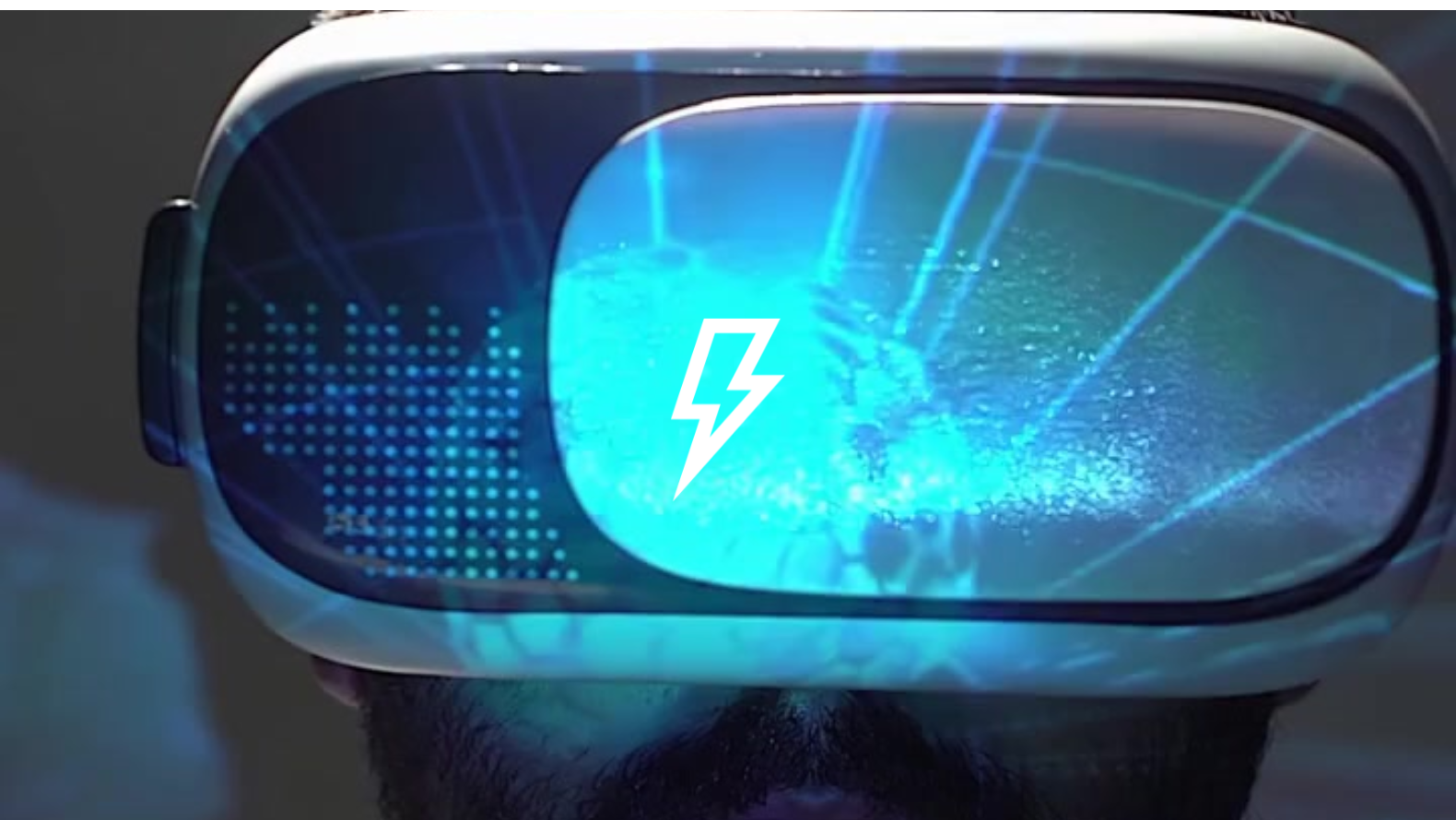The Future of Corporate Spaces: From Meeting Rooms to Immersive Experiences
From gray rooms to immersive settings: this is how corporate spaces are changing to transmit culture, inspire teams and reinforce the brand.
Have you ever stopped to think how many hours of our lives we spend in identical meeting rooms, with the same wooden table, the same chairs and a projector turned off on the wall? For decades, corporate spaces were designed for efficiency, not inspiration. But the rules are changing: offices, auditoriums and rooms are no longer simple work containers, but scenarios where experiential experiences occur that transmit culture, identity and purpose.
From the cubicle to the stage
The pandemic accelerated a debate that was already under way: what role do offices play when much of the work can be done from home? The answer is not found in more tables or more offices, but in spaces that justify physical movement. Companies are reimagining their environments as places of encounter, learning and emotional connection.
A clear example are corporate auditoriums that leave behind the rigid format of aligned seats to transform into modular forums with mobile stands, dynamic lighting and immersive projection technology. In these places, not only are quarterly results presented: collective stories are lived, innovation is celebrated and brand identity is built.
Spaces that speak to the senses
The trend goes beyond the visual. Sensory design makes its way into offices that integrate scents, surround sound or adaptive lighting. The goal is not to dazzle, but to create atmospheres that reinforce specific emotions: concentration, creativity, celebration.
El architectural mapping is increasingly being used in internal launches, allowing an entire room to “come to life” with animations that tell the story of the company or of a new project. In parallel, multisensory environments combine screens, smells and textures so that attendees not only understand a message, but feel it.
Imagine entering a sustainability strategy meeting where space is transformed into a digital forest, with sounds of water and vegetation enveloping the room. The message is no longer transmitted in a PowerPoint: it is lived.
Modularity and flexibility: the new standard
If something characterizes the next generation of corporate spaces, it is the suppleness. Hybrid work formats have forced us to think about environments that adapt to different moments: creative meetings, town halls with hundreds of people, mentoring sessions or customer experiences.
The modular configurations allow the same space to change functions in a matter of minutes. Movable walls, lightweight furniture and integrated audiovisual systems make it possible for an auditorium to become a co-creation room or stage for an internal event without the need to move the equipment outside the company.
Culture and brand in every corner
A space is not neutral: everything that happens in it communicates. For this reason, more and more companies are investing in turning offices and auditoriums into a tangible reflection of their values. Tech companies that use interactive areas to show their commitment to innovation; consultants that design spaces with local works of art to reinforce their cultural link; consumer brands that turn internal cafeterias into experience laboratories to test products with their own employees.
These scenarios become vehicles of culture: a team that experiences the company's values firsthand in their daily lives and internalizes them more naturally.
The challenge: balancing spectacle and utility
The key isn't filling offices with LED screens or turning every meeting into a show. The real challenge is to design experiences that provide value and make space a facilitator of culture, innovation and connection. It's not about competing with a festival, but about harnessing the power of the immersive experience to reinforce strategic messages.
Each company must find its balance point: which spaces require a high amount of experience and which need functional simplicity. Technological sophistication must serve the narrative, not the other way around.
The corporate spaces of the future will not be remembered for their furniture, but for the experiences they enable. Where previously there were predictable meeting rooms, today there are scenarios that can thrill, inspire and connect. And along this path, companies discover that to transform a physical space is also to transform the way in which their people experience culture and project the brand.





